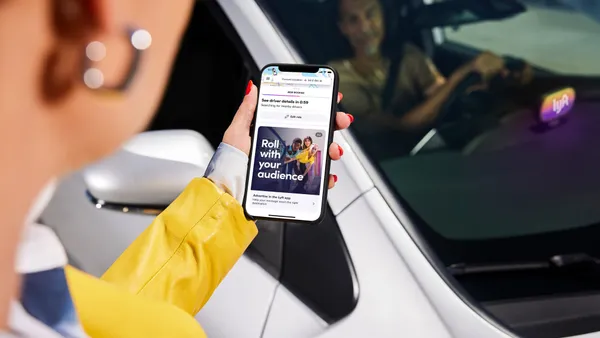Brief:
- Wayfair, the online furniture retailer whose sales rose 39% to $1.2 billion in Q3 2017 from a year earlier, had the fastest-growing audience on social media among competitors during the week of Black Friday, researcher ShareIQ said in a report shared with Mobile Marketer. Wayfair's social media audience grew 2x as quickly as Ikea's and 4x faster than West Elm.
- Ikea began with a larger audience, making its growth rate less dramatic. The Swedish furniture chain had 2.8 million followers on Instagram, more than 5x Wayfair's audience. Ikea and CB2, which Crate & Barrel launched in 2000 to target hip urbanites on a budget, grew their Instagram followers at the same rate. However, Ikea's audience on the photo-sharing app is 12x the size of CB2's.
- Ikea is the dominant furniture retailer on Pinterest with 492,000 followers, per the study, compared with second-place West Elm's 441,000 followers. However, Wayfair and CB2 have been adding more content to Pinterest and have grown their following 2x as fast as Ikea and West Elm.
Insight:
Furniture retailers are making a significant push into mobile and social media as tech-savvy millennials reach the age of starting careers and moving into new homes or apartments that need furnishing. ShareIQ's focus on home retailers highlights the rapid dynamics of creative marketing on social media, which is still somewhat in the early stages of fostering an engaged audience from the younger spectrum of adult consumers.
Wayfair is especially dependent on digital media to drive traffic to its mobile app and website, as it's an online-only brand that can't rely on store foot traffic, where a lot of Black Friday is focused. This could, in part, explain its focus and presence on sites like Pinterest, the image-sharing site with 200 million users worldwide.
Pinterest is seeking to distinguish its platform as aspirational and a place where users can create online picture boards to discover ideas for wardrobes, gifts, vacations and home decorating. In recent months, Pinterest unveiled several useful tools for shoppers such as visual search and in-app purchasing capabilities, in a likely attempt to attract more big-name brands to the site.
Meanwhile, several furniture retailers have integrated augmented reality (AR) features into the mix to provide more advanced shopping tools and let people visualize decór ideas in their home through a smartphone camera. Ikea, Houzz and Wayfair are among the companies with AR-enabled apps that showcase their catalogs with 3-D renderings of furniture that can be moved without the backbreaking work of shuffling around actual, physical furniture.
A rising number of companies enhancing their mobile strategies with AR tech, visual search and social media content speaks to mobile's power in lessening friction along consumers' path to purchase and potentially boosting online engagement and sales.













